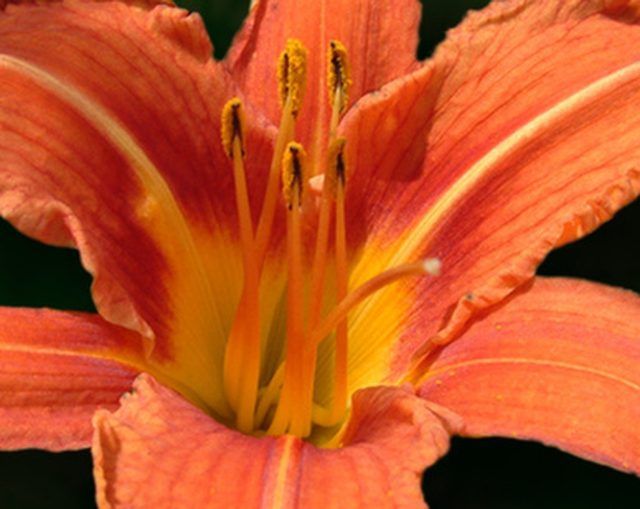Bulbs
Flower Basics
Flower Beds & Specialty Gardens
Flower Garden
Garden Furniture
Garden Gnomes
Garden Seeds
Garden Sheds
Garden Statues
Garden Tools & Supplies
Gardening Basics
Green & Organic
Groundcovers & Vines
Growing Annuals
Growing Basil
Growing Beans
Growing Berries
Growing Blueberries
Growing Cactus
Growing Corn
Growing Cotton
Growing Edibles
Growing Flowers
Growing Garlic
Growing Grapes
Growing Grass
Growing Herbs
Growing Jasmine
Growing Mint
Growing Mushrooms
Orchids
Growing Peanuts
Growing Perennials
Growing Plants
Growing Rosemary
Growing Roses
Growing Strawberries
Growing Sunflowers
Growing Thyme
Growing Tomatoes
Growing Tulips
Growing Vegetables
Herb Basics
Herb Garden
Indoor Growing
Landscaping Basics
Landscaping Patios
Landscaping Plants
Landscaping Shrubs
Landscaping Trees
Landscaping Walks & Pathways
Lawn Basics
Lawn Maintenance
Lawn Mowers
Lawn Ornaments
Lawn Planting
Lawn Tools
Outdoor Growing
Overall Landscape Planning
Pests, Weeds & Problems
Plant Basics
Rock Garden
Rose Garden
Shrubs
Soil
Specialty Gardens
Trees
Vegetable Garden
Yard Maintenance
The Difference in the Asiatic Lily & the Oriental Lily
The Difference in the Asiatic Lily & the Oriental Lily. Lilies are classically beautiful bulbs that are chosen for important occasions like weddings and Easter. Numerous lily varieties exist, but Asiatic and Oriental lilies are the most common. Whether you are using lilies in your garden or at an event, know the differences and how they influence...

Lilies are classically beautiful bulbs that are chosen for important occasions like weddings and Easter. Numerous lily varieties exist, but Asiatic and Oriental lilies are the most common. Whether you are using lilies in your garden or at an event, know the differences and how they influence the look and aroma of each type of lily.
Appearance
Besides the difference in height, there are several subtle differences between Asiatic and Oriental lilies. Asiatic lilies are characterized as having brighter colors with a few pastels; blooms are usually solid. Oriental lilies are larger and often shaped like a starfish. These come in white and yellow hues, but also a crimson variety. Oriental lily petals are often bordered with a different color than the petal center.
Aroma
The smell of your lilies is important, especially if you or guests have allergies. If you're making a bouquet, you may want a stronger scented flower. Asiatic lilies have no aroma, while Oriental lilies have a strong fragrance. Be sure to sample the smell before choosing these as wedding flowers; not all people like the scent.
Growing Habits
Asiatic lilies are the easiest variety to grow. Some single bulbs will double themselves in the next growing season. Asiatic lilies are hardier and reproduce more rampantly; they grow between 2 and 4 feet tall. They produce short bulblets and need no stalking. You will see flowers in June or July.
Oriental lilies don't take root as easily. They reproduce much more slowly, blooming as late as September and no sooner than late July. B&D Lilies recommends only propagating bulblets every three to five years. The stalks of Oriental lilies will grow taller each year, and the plant will put out more blooms. Oriental lilies are taller than Asiatic lilies, often reaching 5 to 6 feet in height.
Growing Conditions
Asiatic lilies can grow in nearly any variety of soil as long as there isn't excess moisture. Oriental lilies need organic soil that is slightly acidic to grow properly. Both varieties need five to six hours of direct sunlight per day, but Oriental lilies need afternoon shade. Mulch and compost are also more important for Oriental varieties.
Similarities
Asiatic and Oriental lilies are the most common type on the market; both are hybrids. According to Minnesota University, both varieties grow best in full sun and well-drained soil. Mulch and a phosphorus-rich fertilizer are beneficial for all lilies. You should also deadhead both Asiatic and Oriental lilies, leaving the foliage.